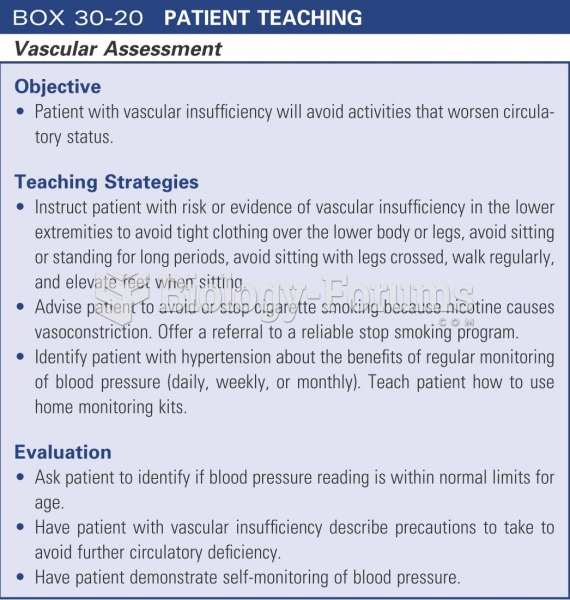Answer to Question 1
3,4,5
Rationale 1: Diphenhydramine (Benadryl) can be obtained over the counter and does not need a prescription to obtain. It does promote getting to sleep.
Rationale 2: Valerian is an herbal product that does not need a prescription to obtain. It does promote getting to sleep.
Rationale 3: Rozerem is a newer, nonbenzodiazepine hypnotic approved to treat chronic insomnia in people who have problems falling asleep.
Rationale 4: Benzodiazepines are drugs of choice for generalized anxiety disorder and the short-term therapy of insomnia. Flurazepam (Dalmane) should be taken at bedtime because it quickly produces significant drowsiness.
Rationale 5: Ambien is a sedative-hypnotic approved for short-term treatment of insomnia.
Global Rationale: Rozerem is a newer, nonbenzodiazepine hypnotic approved to treat chronic insomnia in people who have problems falling asleep. Benzodiazepines are drugs of choice for generalized anxiety disorder and the short-term therapy of insomnia. Flurazepam (Dalmane) should be taken at bedtime because it quickly produces significant drowsiness. Ambien is a sedative-hypnotic approved for short-term treatment of insomnia. Diphenhydramine (Benadryl) can be obtained over the counter and does not need a prescription to obtain. It does promote getting to sleep. Valerian is an herbal product that does not need a prescription to obtain. It does promote getting to sleep.
Answer to Question 2
4
Rationale 1: A reduction in cardiac contractility results in lower preload and subsequent cardiac output.
Rationale 2: Hypovolemia is a lower blood volume and will result in lower cardiac output.
Rationale 3: Peripheral vascular resistance increases afterload and increases the workload on the heart.
Rationale 4: Increased preload results in a more forceful contraction and increases cardiac output.
Global Rationale: Increased preload results in a more forceful contraction and increases cardiac output. A reduction in cardiac contractility results in lower preload and subsequent cardiac output. Hypovolemia is a lower blood volume and will result in lower cardiac output. Peripheral vascular resistance increases afterload and increases the workload on the heart.






